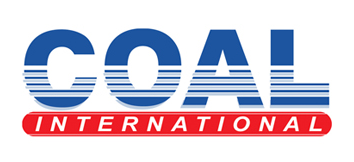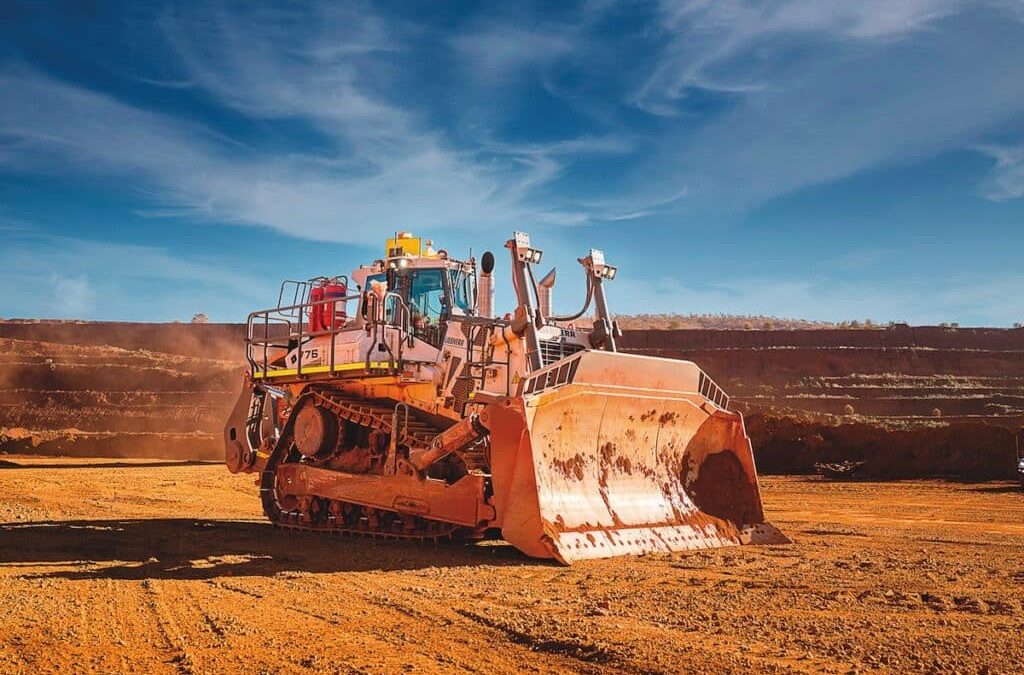Liebherr continues to lead the way in giving miners the edge with its new hydrostatic dozer.
Simple though it sounds, dozers are crucial in the mining industry for their ability to move large volumes of material, assisting in construction, maintenance and clearance.
Alongside trucks and loaders, dozers play a key role on mine sites by taking on much of the grunt work of pushing and excavating valuable material. For this reason, the smallest of innovations in dozer design can make a big difference to the efficiency of a mining operation.
For over 50 years, Liebherr has been manufacturing and designing mining machinery that adds value and can be adapted to specific requirements. The company describes its new hydrostatic dozer as the world’s largest.
The PR 776, described as “instrumental in adapting to the Australian climate and mining conditions”, rips, pushes, stockpiles and clears mines across the globe, providing customers with efficiency and constant power.
The advanced design transfers power from hydraulic pumps to motors, and then to the final drives, ensuring constant positive power to the undercarriage and excellent manoeuvrability with the durable heavy-duty design of the main frame, a key advantage in demanding mining environments.

The Generation 8 dozers offer significantly increased performance thanks to operator assistance systems and a hydrostatic transmission that reduces the rate of fuel burn.
Weighing in at 70 tonnes and boasting a blade capacity of between 18.5–22m3, the PR 776 offers fast component replacement, load sensing working hydraulics and long service intervals – up to 8000 hours in some cases – to give operators unrivalled efficiency.
“Fuel efficiency is critically important to help minimise a site’s environmental footprint and carbon emissions, reducing operational costs and minimising downtime for equipment,” Liebherr national mining sales manager Travis Lloyd told Australian Mining.
“In head-to-head trials against competition, we have seen results of over 20 per cent fuel saving in a like-for-like comparison.”
This efficiency is achieved through a 565-kilowatt (kW) engine output, offering 768 horsepower and travel speed of 10.5 kilometres per hour (km/h), as well as intelligent driveline and hydraulic systems to help ensure downtime is kept to a minimum.
The hydrostatic travel drive operates smoothly and automatically adjusts the working speed to the load conditions, with torque kept constant on both tracks without interruption, allowing for exact and powerful steering.
“The nature of the Liebherr hydrostatic drive train allows the PR 776’s D9512 engine to operate at very stable revolutions per minute powering the hydraulic pumps and motors,” Lloyd said.

“This constant load on the motor allows very fuel-efficient operation. Less fuel burn means reduced carbon emissions, lower operating costs, and improved ESG [environmental, social and governance] outcomes.
“When working in narrow areas, the hydrostatic travel drive offers exceptional manoeuvrability, with the machine’s ripper able to be positioned precisely to enable it to apply greater power when ripping layers of hard rock.
“The hydrostatic drive delivers smooth ‘stepless’ power and is highly manoeuvrable. This, combined with Liebherr’s assistance system technology, provides operators with a level of control that is unmatched across the 70-tonne dozer market.”
With quality, reliable and innovative technologies backed by years of experience in the field, it’s no surprise Liebherr is leading the way in making mining operations safe and cost effective – even under the toughest of conditions.



